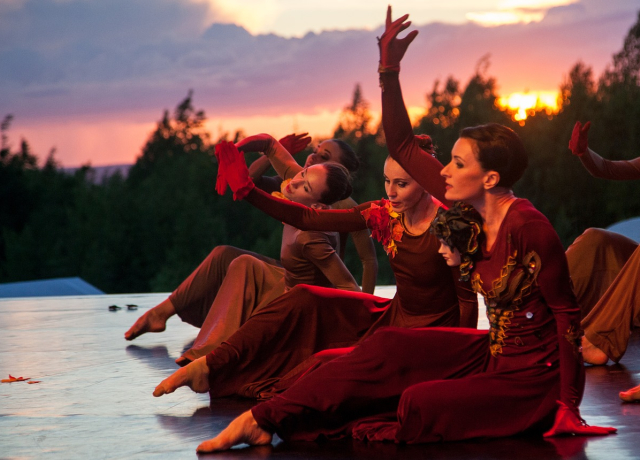Cultural Heritage in the Live Performance Sector
Cultural Heritage in the Live Performance Sector
From the puppetry tradition in the Czech Republic and Slovakia to the widespread circus culture in Finland, live performance is an important part of Europe's heritage.
In the European Year of Culture and Heritage 2018, the role of live performance in preserving Europe’s cultural traditions, skills, and crafts has been brought into spotlight with the recently published EYCH 2018: Cultural Heritage in the Live Performance publication.
Conducted by Pearle* - Live Performance Europe, a European network dedicated to promoting live performance across Europe and supporting the sustainability in the sector, the publication explores the ways in which live performance helps preserve and promote European heritage.
Tangible and Intangible Heritage in Performance Art

Tackling one of the most diverse and most rapidly-evolving forms of art, Pearle’s publication discusses various aspects of tangible and intangible heritage that are integral to live performance. With respect to widely accepted definitions of each, it reminds us of the two-fold connection between performance and heritage.
The more obvious link relates to historic buildings and settings in which a performance takes place, while the second one encompasses traditional crafts, skills, and even outfits or apparels that are a part of live performance.
These connections are illustrated in the publication with a number of examples of successful projects and initiatives from all across Europe. Offering such a unique perspective and a comprehensive insight on the theme, the Cultural Heritage in the Live Performance Sector is an invaluable asset for understanding the current state of the live performance sector and its history. Nina Vurdelja, a Pearle team member who collaborated on the development of the publication, further explains its value:
“The value of research on intangible cultural heritage for the live performance sector is multi-fold. Defining and understanding intangible cultural heritage is the first step towards sustainable policies in the field. With those goals in mind, the Pearle publication elaborates on how the rich tradition of the live performance can be activated as ‘the heritage for the future,’ especially in the context of the growing digitisation of the sector.”
Presenting live performance in the context of Europe’s cultural heritage, Pearle’s publication opens up an important topic for Europe. It drives attention to the history and potential of live performance to help citizens discover Europe’s shared heritage and develop a common sense of belonging.
As such, it makes an important contribution to European Year of Cultural Heritage 2018 and is a great example of how this initiative has helped highlight the heritage aspect of different art forms. Offering a unique perspective on the topic, Pearle publication is a valuable asset for the expansion of European Year of Cultural Heritage celebrations and certainly a piece that will help Europeans better understand live performance.
The publication can be downloaded here.
